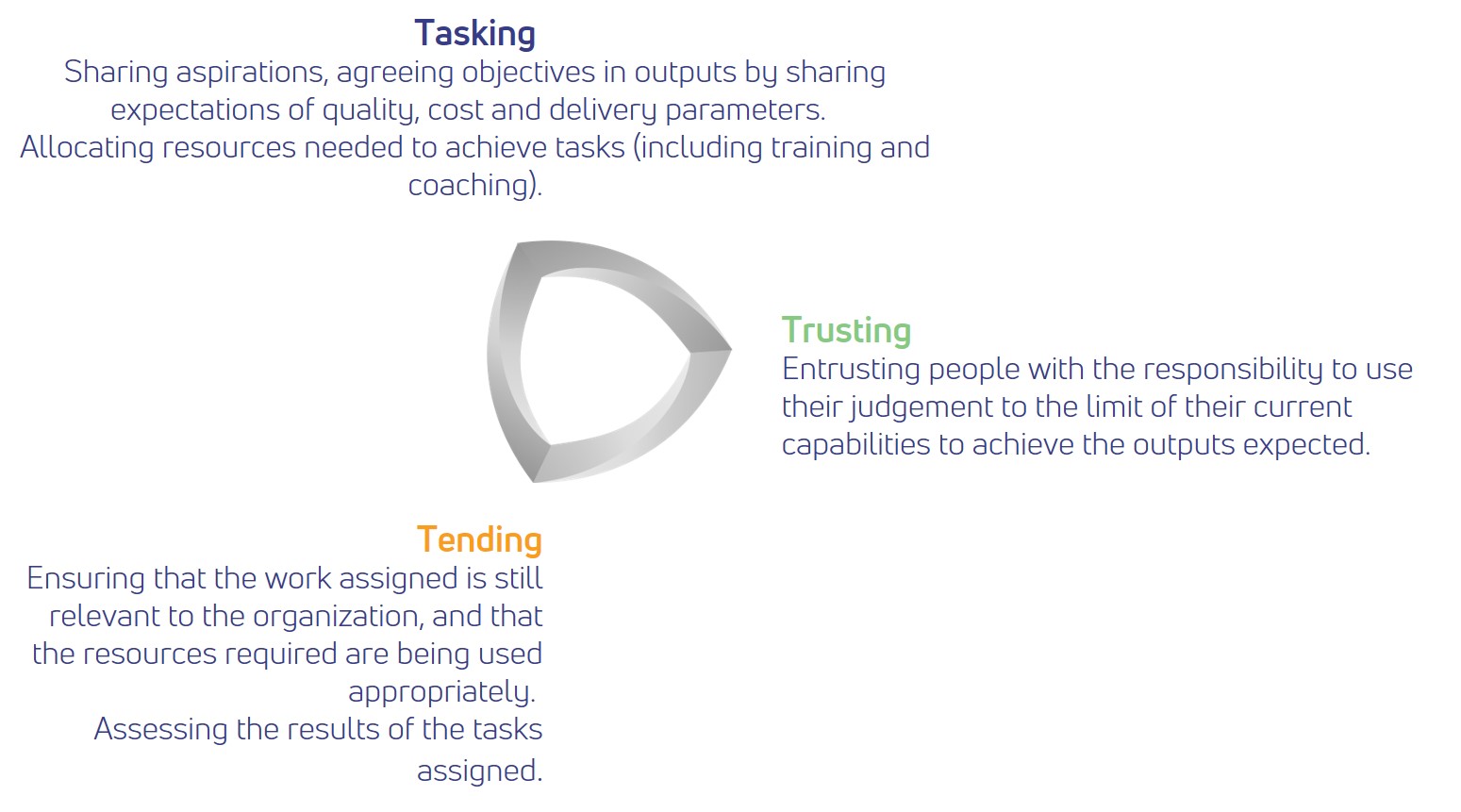Insights
The Requisite
Organisation - Part 2
Old-fashioned or timeless?
Second of 3 parts on the methodology that inspired the creation of the STR Suite.
Properly defined roles, accountabilities & resources
No structure can be defined without the very essence of work.
By defining it according to essence and nature, the methodology enables strategic focus that is summed up in the proposition that work is a what by when and how.
MOST POPULAR INSIGHTS
These 3 angles translate into the following:

Each role balances two aspects - accountabilities, or what is required to do in a role and authorities, what enables the accountabilities to be performed.
These two must be in balance and must be clearly defined.
Managerial excellence and organisational leadership.
A core aspect of excellent management is the ability to articulate and appreciate the work of their people.
To Articulate: to describe what it is and what it can become - to their own people, and to the rest of the organisation.
To Appreciate: to value their work, recognize their input (including upwards), and assess their results.
These two lines of action constitute a part of the conditions people in organisations want to exist:
• To be clear about what is expected of them
• To feel that what they are doing is important and valuable
• To be allowed to decide for themselves how to get the work done
These conditions can be measured and improved where necessary through the “3 Ts tripod”, namely:

Excellence in management depends on carrying out these 3 work components correctly.
The relation between these “3 Ts” might be diffuse or rigid.
A diffuse relation between these components happens when there is lack of clarity in the tasking, uneven tending of the process and too much trust, creating an atmosphere of abandonment and indifference.
A rigid relation happens when there is a constricting degree of control in tending, no room for autonomy is the tasking and little trust, creating an atmosphere of distrust, pressure and paralysis.
To be continued...
